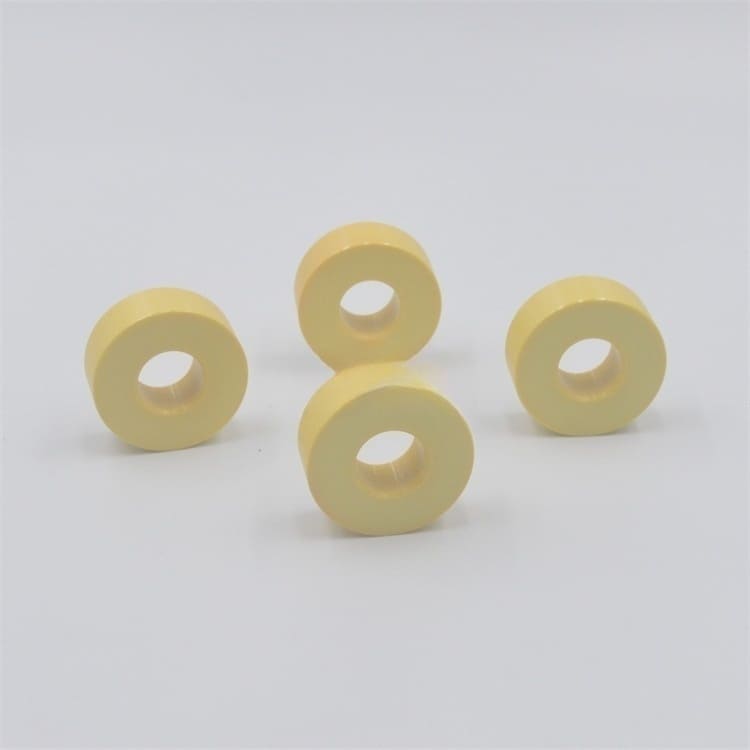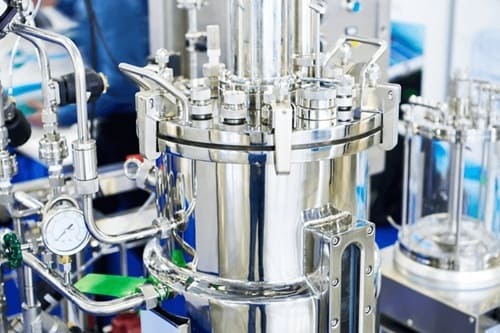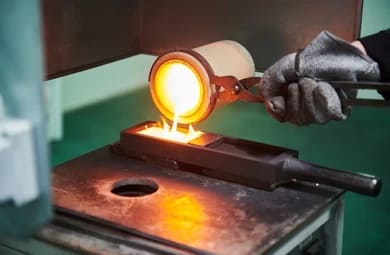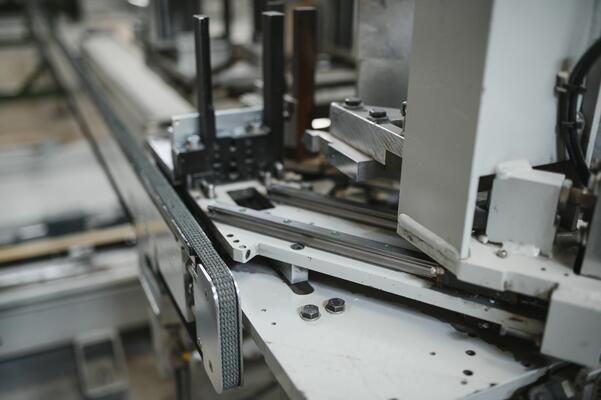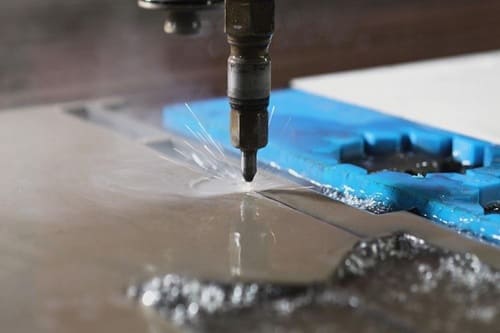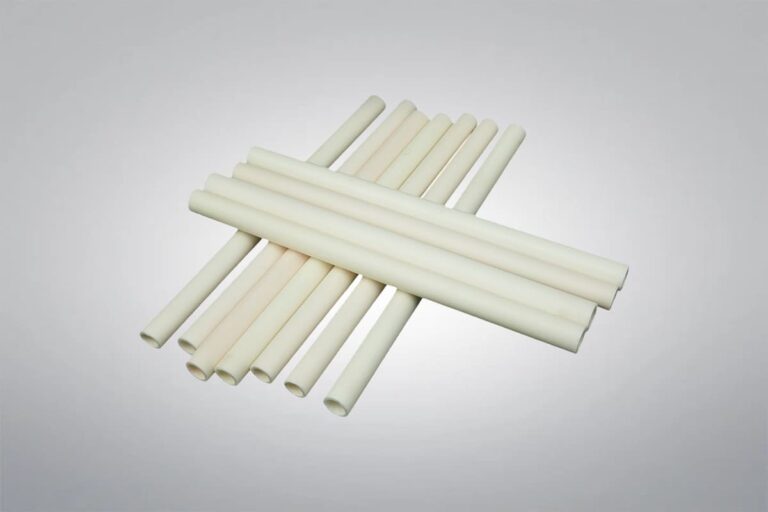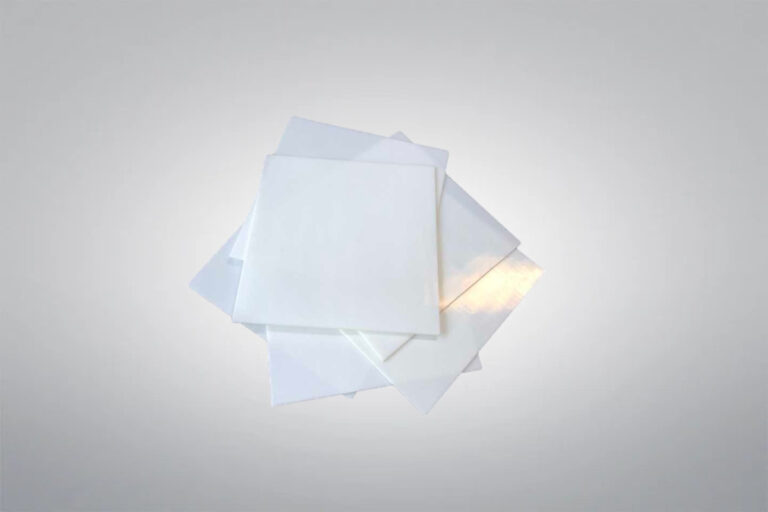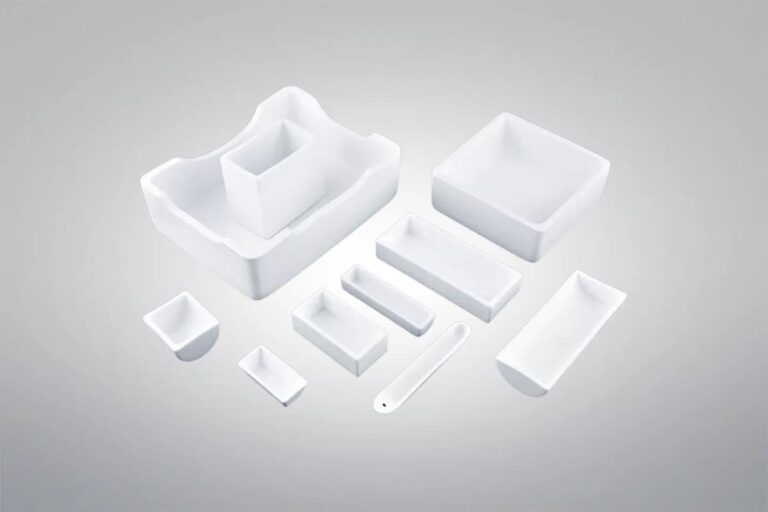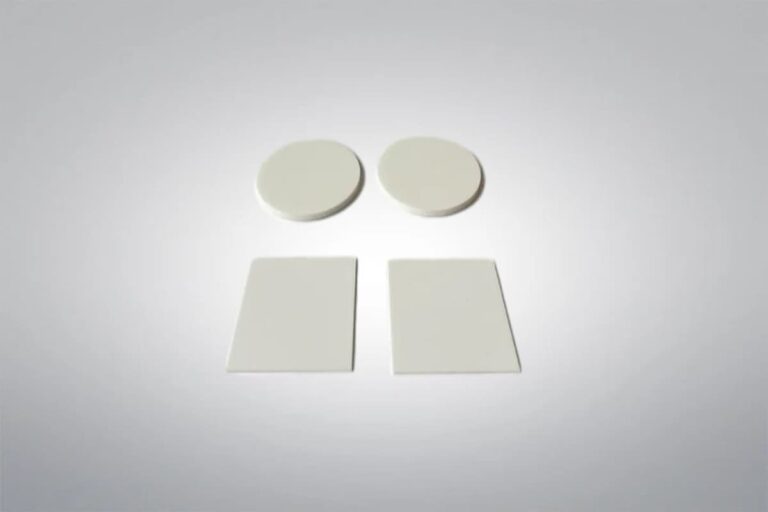Magnesia Stabilized Zirconia Ring
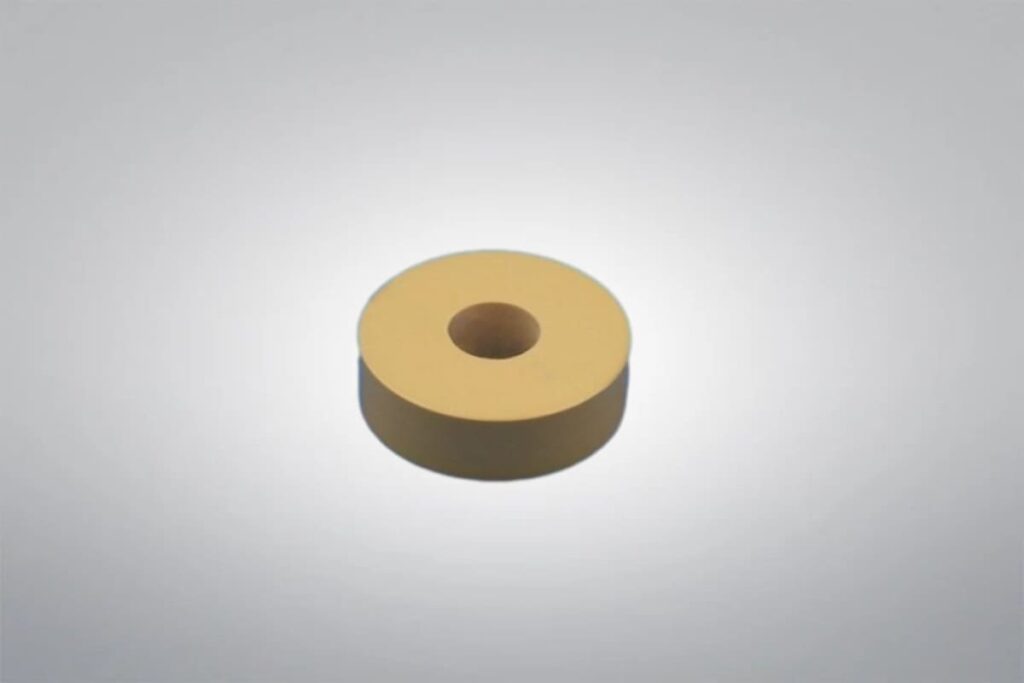
Magnesia Stabilized Zirconia Ring
Magnesia stabilized zirconia ring is a dense ceramic component known for its excellent resistance to thermal shock, corrosion, and chemical erosion. With low thermal expansion and good structural stability, it performs reliably in harsh environments involving molten metals, acids, or alkalis. Its strong insulation and mechanical strength make it suitable for use in high-demand industrial, metallurgical, and energy applications. We can supply high-quality magnesia stabilized zirconia ceramic rings with various specifications and competitive prices, offering customized solutions to meet specific requirements.
Or email us at sales@heegermaterials.com.Magnesia Stabilized Zirconia Ring Data Sheet
| Color: | Yellow |
| Size: | Customized |
| Density (g/cm³): | 5.70 |
| Hardness (HV 0.5): | 1100 |
| Fracture Toughness (MPa·m¹/²): | 6-7 |
| Flexural Strength (@RT) (MPa): | 500 |
| Compressive Strength (@RT) (MPa): | 2000 |
| Thermal Conductivity (@RT) (W/mK): | 2.2 |
| Thermal Expansion Coefficient (20-1000℃) (10⁻⁶/℃): | 10.3 |
| Thermal Shock Resistance (ΔT℃): | 450 |
| Maximum Operating Temperature (@RT) (℃): | 2000 |
Magnesia Stabilized Zirconia Ring Description
Magnesia stabilized zirconia ring offers a strong balance of mechanical toughness and chemical durability. Designed to maintain integrity under mechanical stress and reactive conditions, it performs well in contact with aggressive materials. Its stability under high temperatures and resistance to wear make it a preferred choice for use in sealing, insulation, and high-performance structural parts across various industries.
Magnesia Stabilized Zirconia Ring Features
- High fracture toughness: Resists cracking under stress or thermal shock.
- Good wear resistance: Maintains surface integrity in abrasive environments.
- Stable chemical properties: Withstands acids, alkalis, and molten metals.
- Low thermal conductivity: Provides effective insulation in high-temperature applications.
- Dimensional stability: Retains shape and performance even under fluctuating thermal cycles.
Magnesia Stabilized Zirconia Ring Applications
- Crucible support rings: Used in high-temperature metal and alloy melting setups.
- Thermal insulation systems: Act as a spacer or seal in extreme heat environments.
- Electrochemical devices: Support stable performance in solid oxide fuel cells (SOFCs).
- Precision machinery: Functions as a wear-resistant spacer or alignment ring.
- Semiconductor processing: Serves as a non-contaminating component in vacuum and plasma systems.
Magnesia Stabilized Zirconia Ceramic Machining
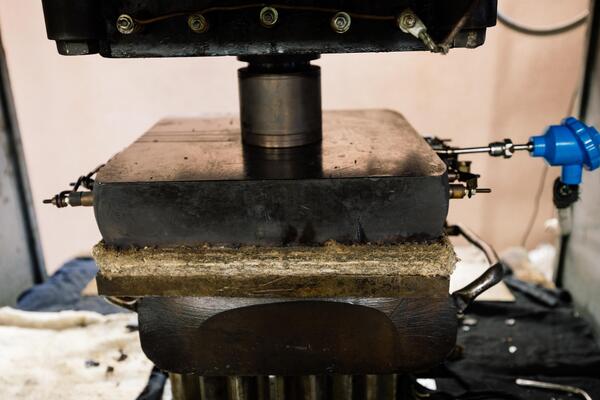
Magnesia Stabilized Zirconia Ceramic Machining
Magnesia stabilized zirconia (MSZ) ceramics can be machined before sintering (green or bisque state) and, to a much lesser extent, after full densification. In the green state, the material is softer and easier to process, allowing for shaping and drilling of intricate features. However, sintering leads to a predictable shrinkage of around 15–20%, requiring adjustments in the initial design to meet final tolerances. Once fully sintered, MSZ becomes extremely hard and wear-resistant, making machining difficult and limited to precision diamond grinding.
Machining Methods and Considerations
- Green/Bisque Machining: Enables efficient shaping and forming prior to sintering; useful for complex geometries.
- Sintering Shrinkage: Final dimensions may shrink by 15–20%, so pre-machining must account for size reduction.
- Post-Sintering Machining: Only feasible with diamond tools under controlled conditions due to the ceramic’s hardness and toughness.
- Handling During Machining: Despite its toughness, sintered MSZ can chip or crack under stress or improper handling.
- Machining Difficulty: Dense MSZ is labor-intensive to grind and requires advanced CNC and diamond tooling setups.
Magnesia Stabilized Zirconia Ceramic Packaging
Magnesia stabilized zirconia ceramic products are typically packaged in vacuum-sealed bags to prevent moisture or contamination and wrapped with foam to cushion vibrations and impacts during transport, ensuring the quality of products in their original condition.
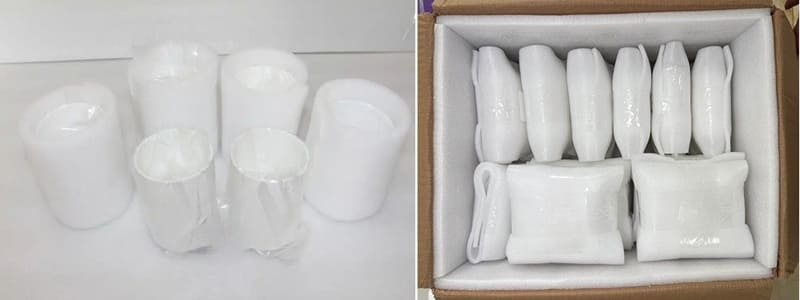
Download
Get A Quote
We will check and get back to you in 24 hours.

